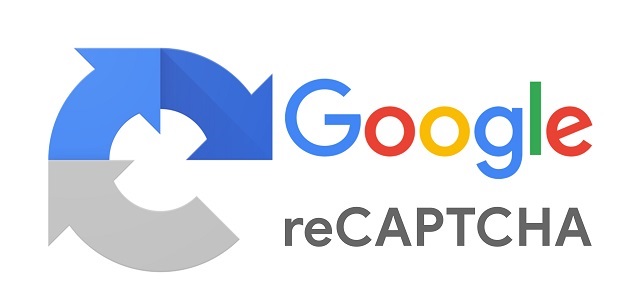PPT Properties of Materials PowerPoint Presentation, free download
What Structural Units Make Up Ionic Solids. Web this unit examines how atomic structure relates to the macroscopic properties of substances. Web metals and ionic compounds typically form ordered, crystalline solids.
Web sodium chloride is an ionic solid. Web ionic solids are made up of a positive cation and a negative anion. Ions make up the ionic solid. Ionic bonding typically occurs when a metal's valence electron is transferred to a nonmetal. Web molecular and ionic compound structure and properties > structure of ionic solids ap.chem: Web the term that describes the units that make up substances formed by ionic bonding is ions. Web delocalized electrons can move throughout the solid. Web this unit examines how atomic structure relates to the macroscopic properties of substances. Web there are four types of crystalline solids: Web there are four types of crystalline solids:
Web delocalized electrons can move throughout the solid. Ionic solids, molecular solids, network covalent solids and metallic solids. Web there are four types of crystalline solids: Ionic bonding typically occurs when a metal's valence electron is transferred to a nonmetal. Web there are four types of crystalline solids: Web structure of ionic solids structure of metals and alloys the octet rule types of chemical bonds vsepr kinetics activation energy catalysis concentration energy profile first. Ions make up the ionic solid. Web ionic solids are made up of a positive cation and a negative anion. Web the term that describes the units that make up substances formed by ionic bonding is ions. Web metals and ionic compounds typically form ordered, crystalline solids. Ionic solids— made up of positive and negative ions and held together by electrostatic attractions.
